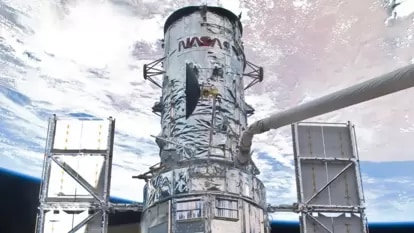Scary! Strong New Year Solar Storm to strike Earth SOON as Sun says Happy new year!
The fierce Sun is directly facing our planet, and it is crackling and scattering M-class solar flares as its happy new year message!
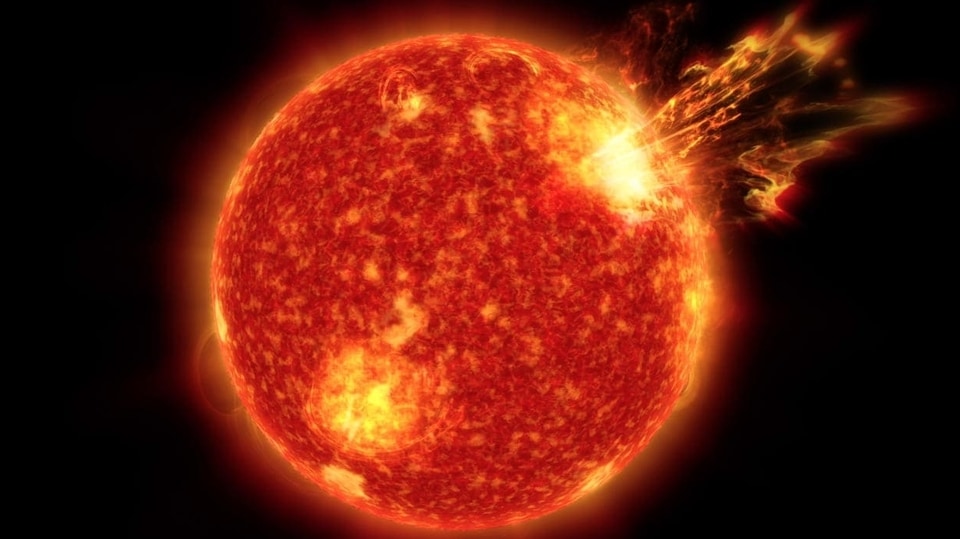
_1658567219974_1658567228615_1658567228615.jpg)
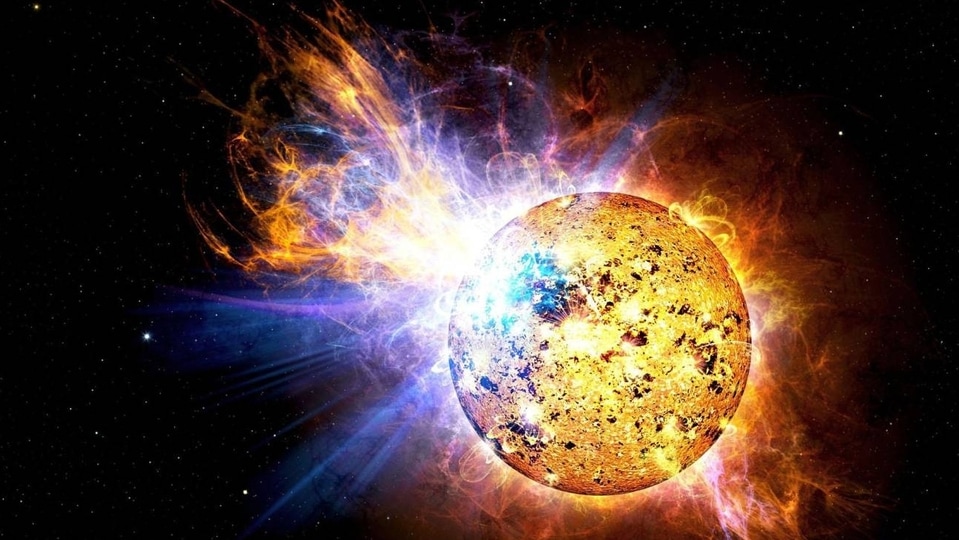


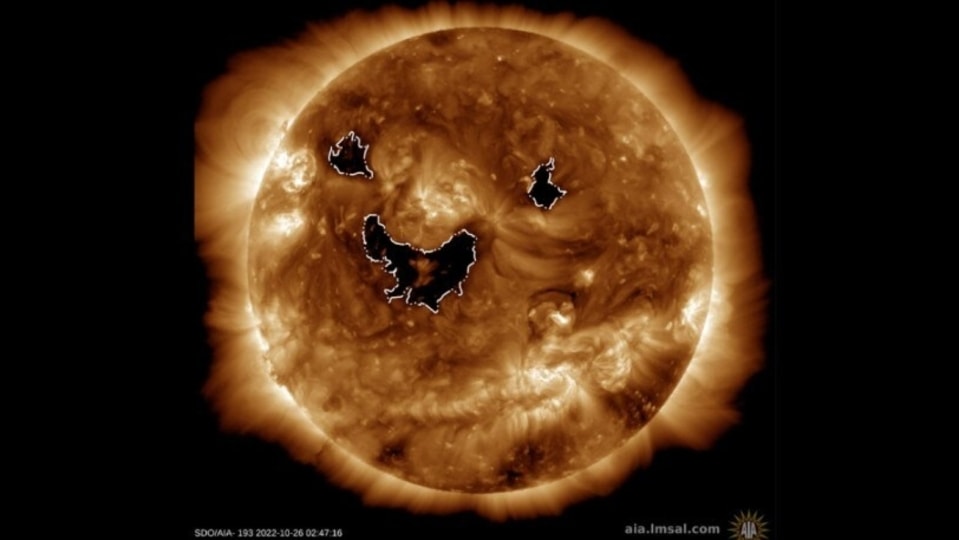
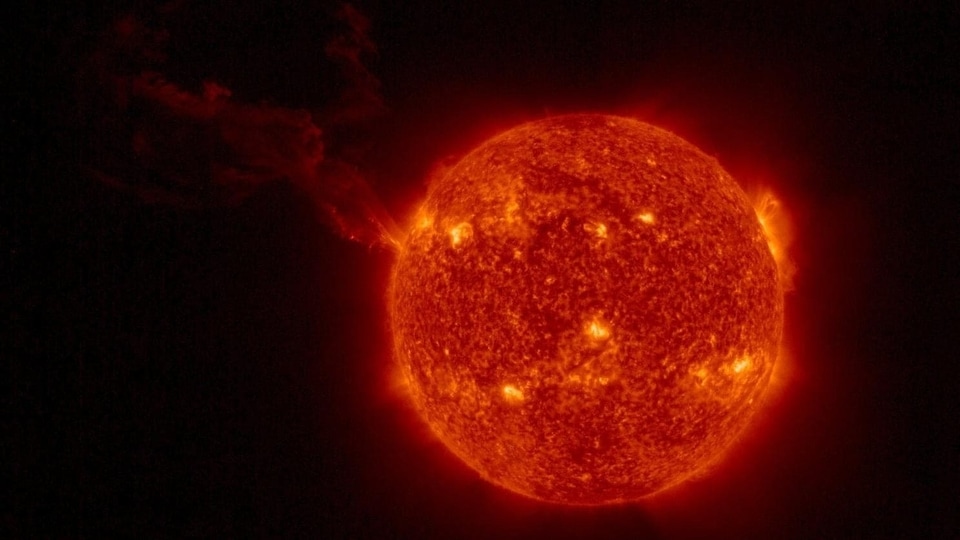
 View all Images
View all ImagesThe Sun just said happy new year to everyone! As the New Year celebrations began, the Earth stepped into the zone, directly facing the parts of the Sun that are spewing out solar flares! Just a few days ago, it spewed out an M3.7-class solar flare on December 30th at 19:38 UT, one of the strongest so far, which caused a shortwave radio blackout over the Pacific Ocean. However, as a result, it also provided some of the most spectacular auroras as a new year gift at the end of the year 2022 and beginning of 2023. Now, another Sunspot AR3176 is directly facing our planet, and it is crackling with M-class solar flares, a report by SpaceWeather.com mentioned.
Basically, the solar flares are classified into four classes - A, B, C, M, and X based on their intensity. So, the most powerful solar flare would be an X-classified solar flare while M denotes the second most powerful solar flare. The number along with the intensity symbol of the solar flare denotes its strength.
Astrophysicist and Space Weather reporter Tamitha Skov also took to Twitter to share about the possible solar storm and its impact on Earth. Her prediction indicated that you should expect a solar storm on January 2.
“After more coronagraph observations have come in, NOAA has now published their #solarstorm prediction. The impact is early to mid-day Jan 4. Likely the impact will be a time between NOAA & NASA. If on the early side (e.g. Jan 2), expect a stronger storm, if late, expect weaker!” Tamitha Skov's tweet reads.
If a solar flare strikes the Earth, then it can affect radio communications, power grids, and navigation signals. However, harmful radiation from a solar flare cannot pass through Earth's atmosphere to physically affect humans on the ground unless it is extremely powerful. But it can cause delays and cancellations of flights.
Tech behind solar storm predictions
The National Oceanic and Atmospheric Administration (NOAA) monitors solar storms and Sun's behavior using its DSCOVR satellite which became operational in 2016. The recovered data is then run through the Space Weather Prediction Center and the final analysis is prepared. The satellite tracks different measurements of the Sun and its atmosphere such as temperature, speed, density, degree of orientation, and frequency of the solar particles.
Catch all the Latest Tech News, Mobile News, Laptop News, Gaming news, Wearables News , How To News, also keep up with us on Whatsapp channel,Twitter, Facebook, Google News, and Instagram. For our latest videos, subscribe to our YouTube channel.





